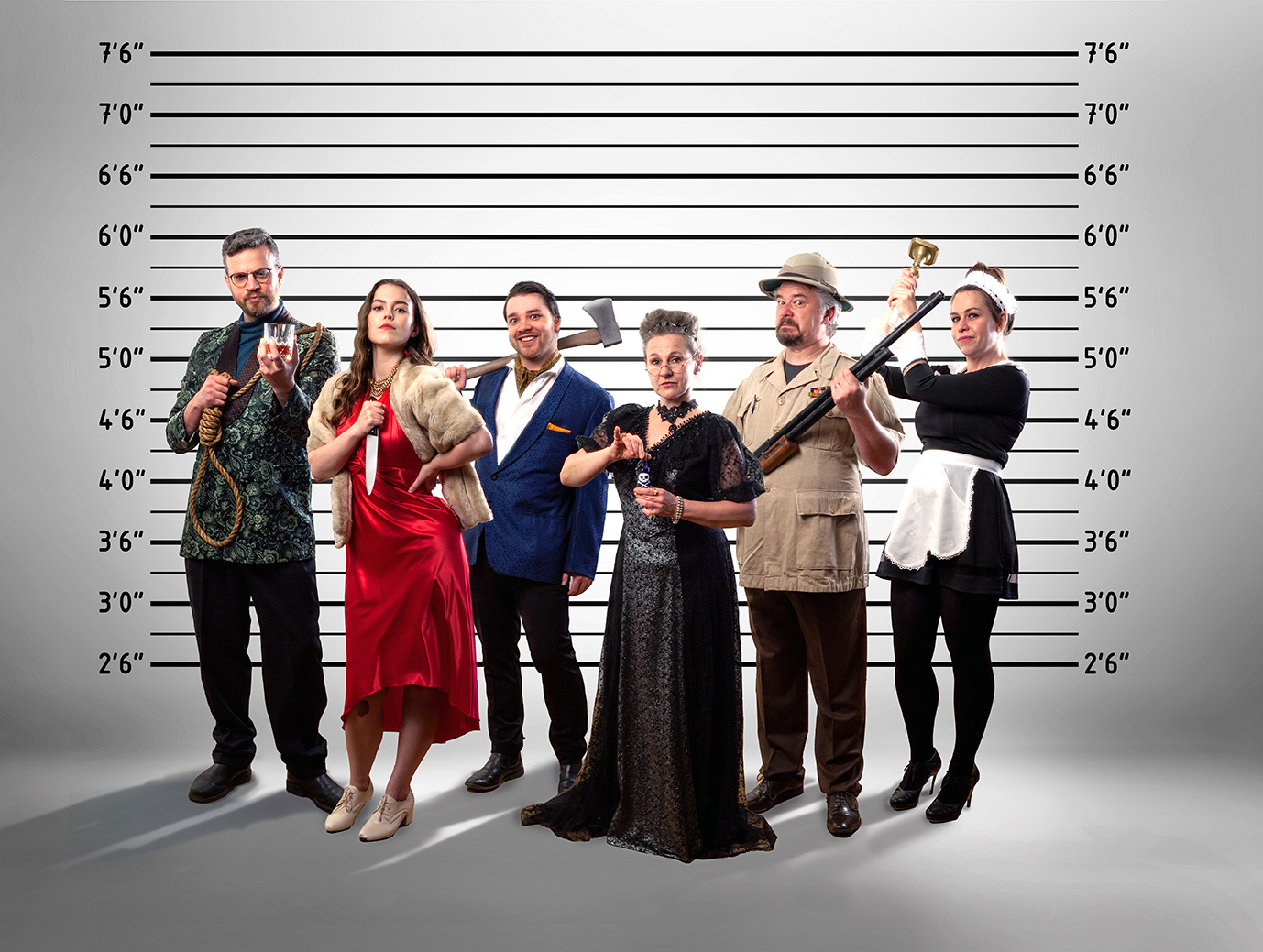Are flamingos festive? Who knows. I do know however, that the group name for flamingos is a flamboyance, and that sounds wonderful to me. And because I know there are only four cross-stitch designs and I'd hate for you to feel shortchanged on your Friday Five, here are a couple of bonus facts.
- There are six species of flamingo, four of which are found in the Americas, and two of which are native to Afro-Eurasia.
- The flamingo is the national bird of the Bahamas.
- The word flamingo is thought to derive from the Portuguese or Spanish flamengo, meaning flame-coloured.
- Flamingos are not born pink (hatchlings are a cute fluffy grey), but they obtain their hue through their diet of aqueous bacteria and beta-carotene. A well-fed, healthy flamingo is more brightly coloured (and, therefore a more desirable mate), whereas a pale flamingo is usually unhealthy or undernourished.
- The middle joint of a flamingo's leg is the ankle, not the knee, which can give the impression of their legs bending backwards while walking.







.jpg?format=2500w)















































